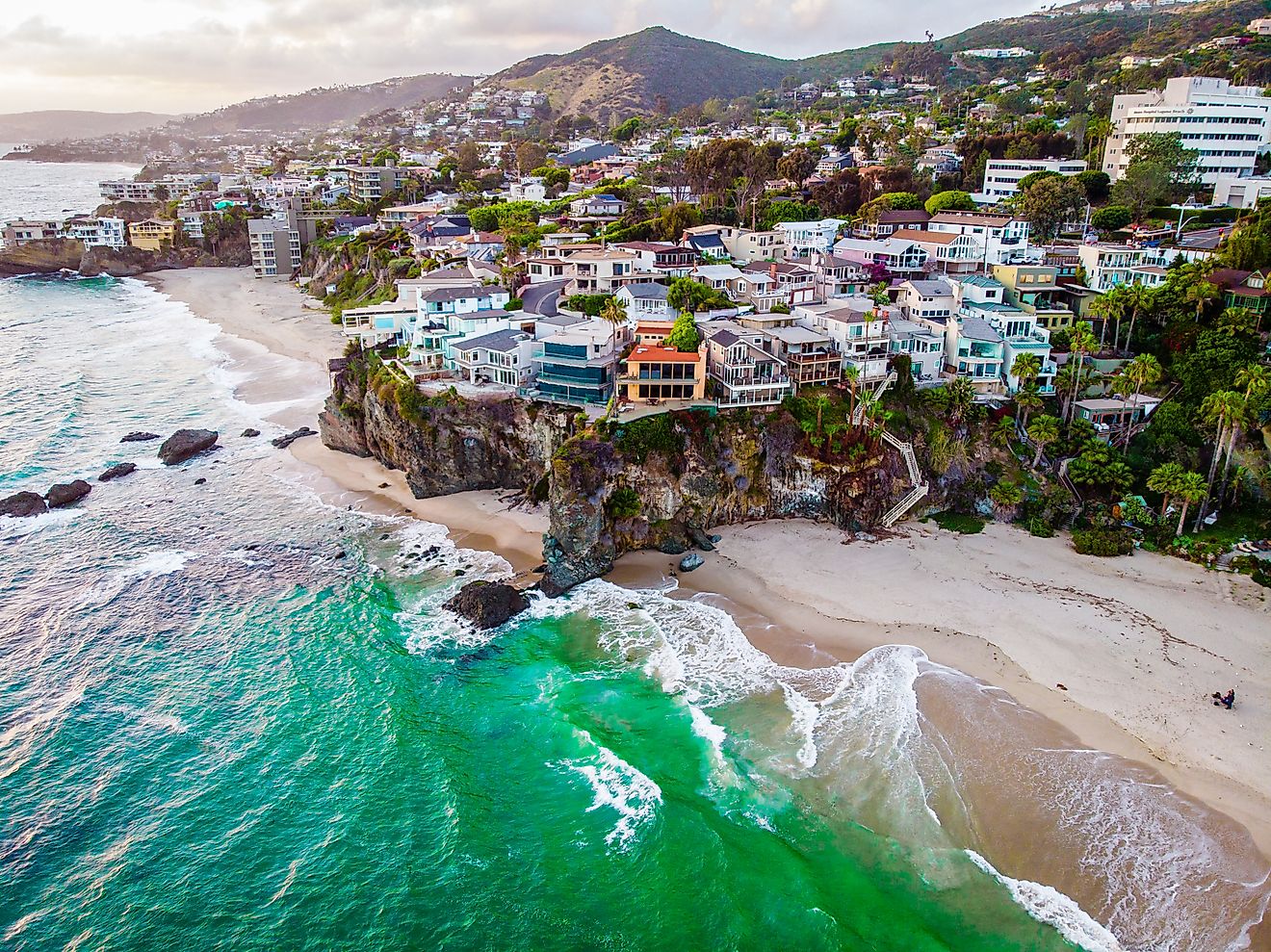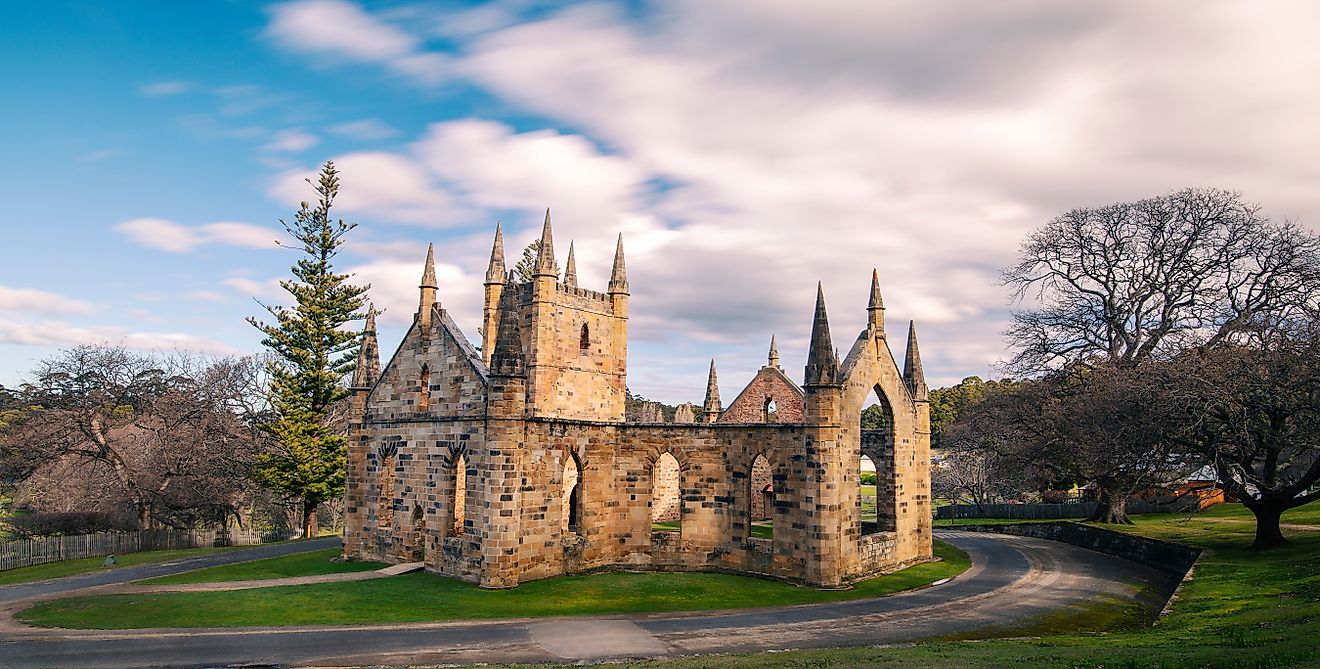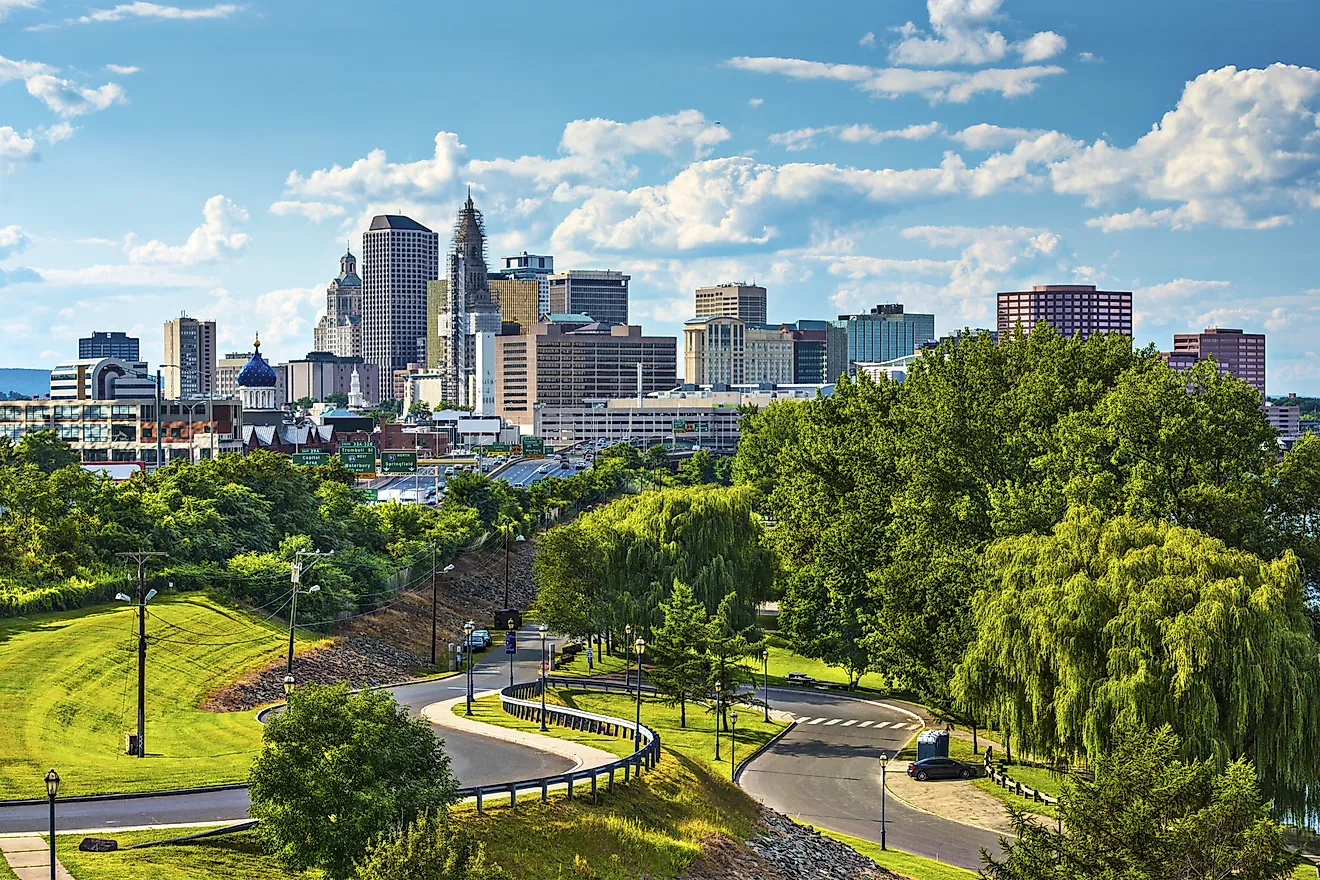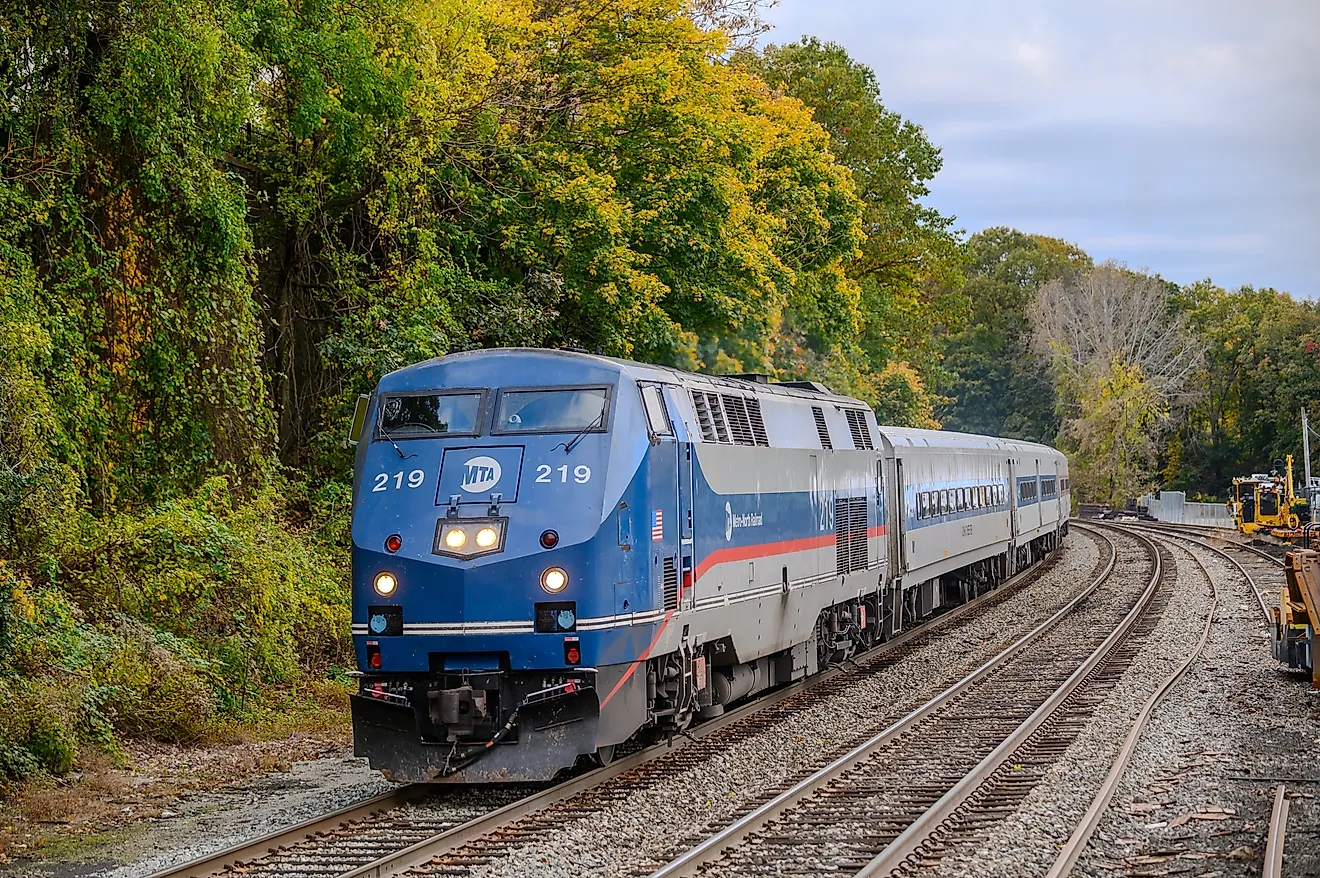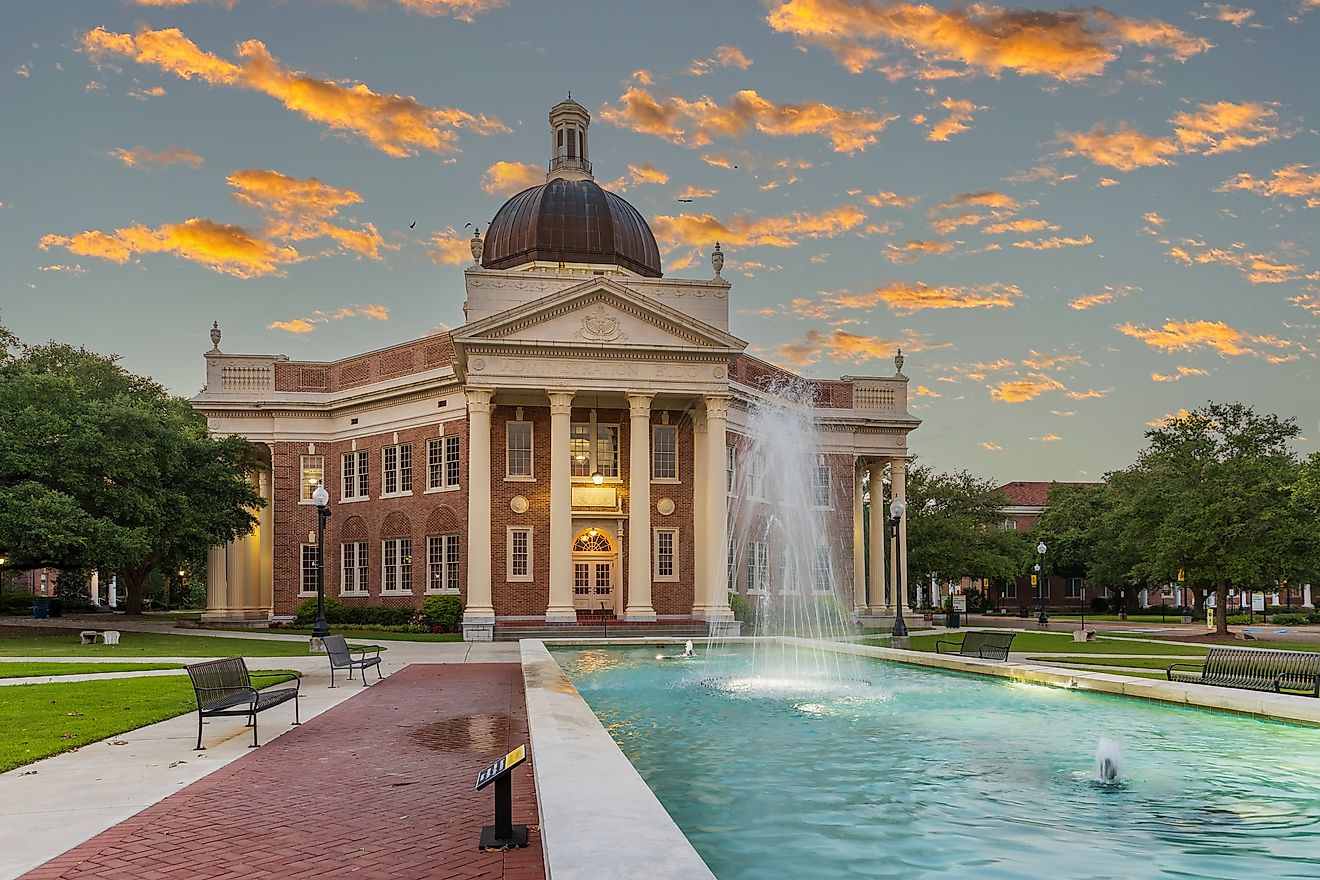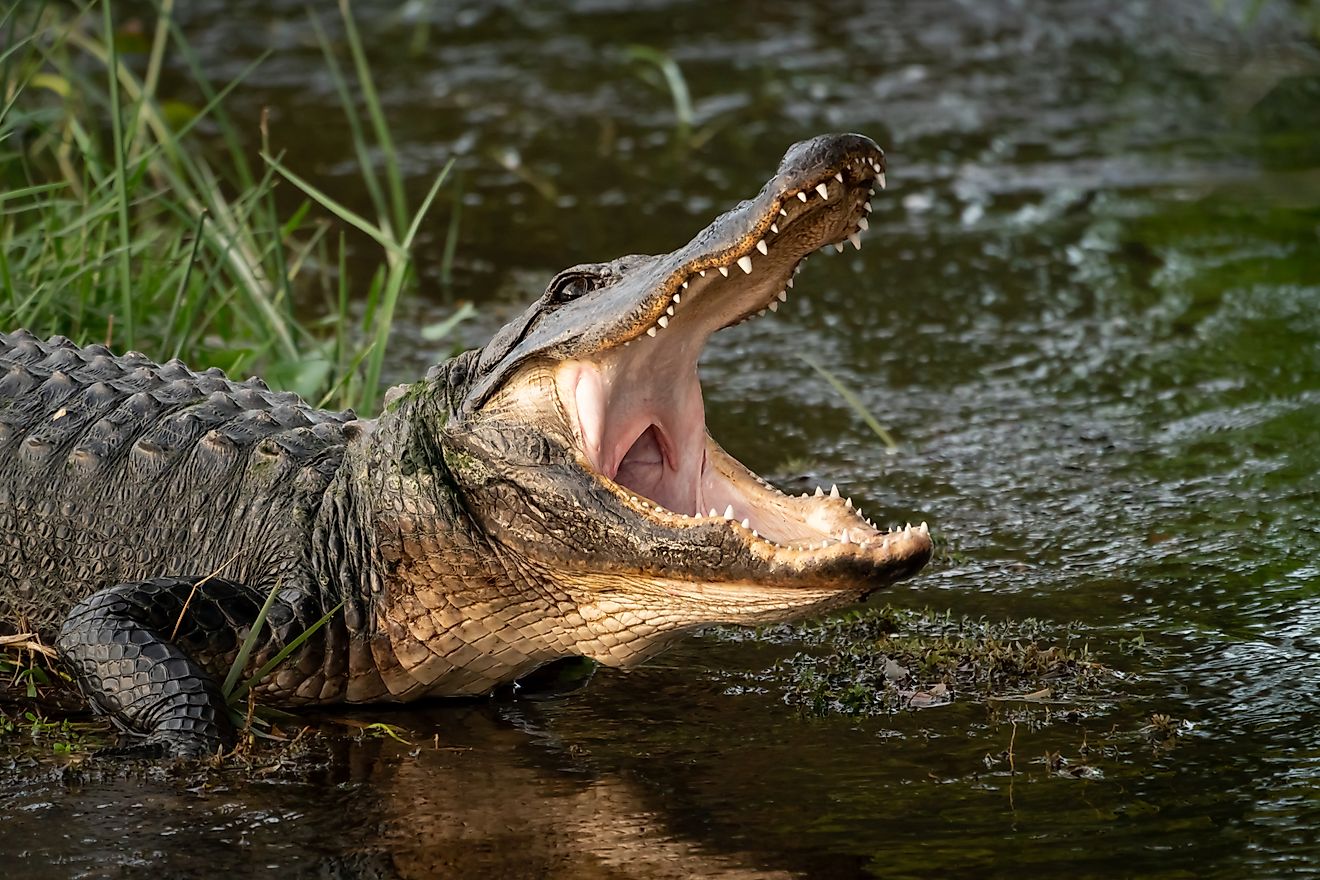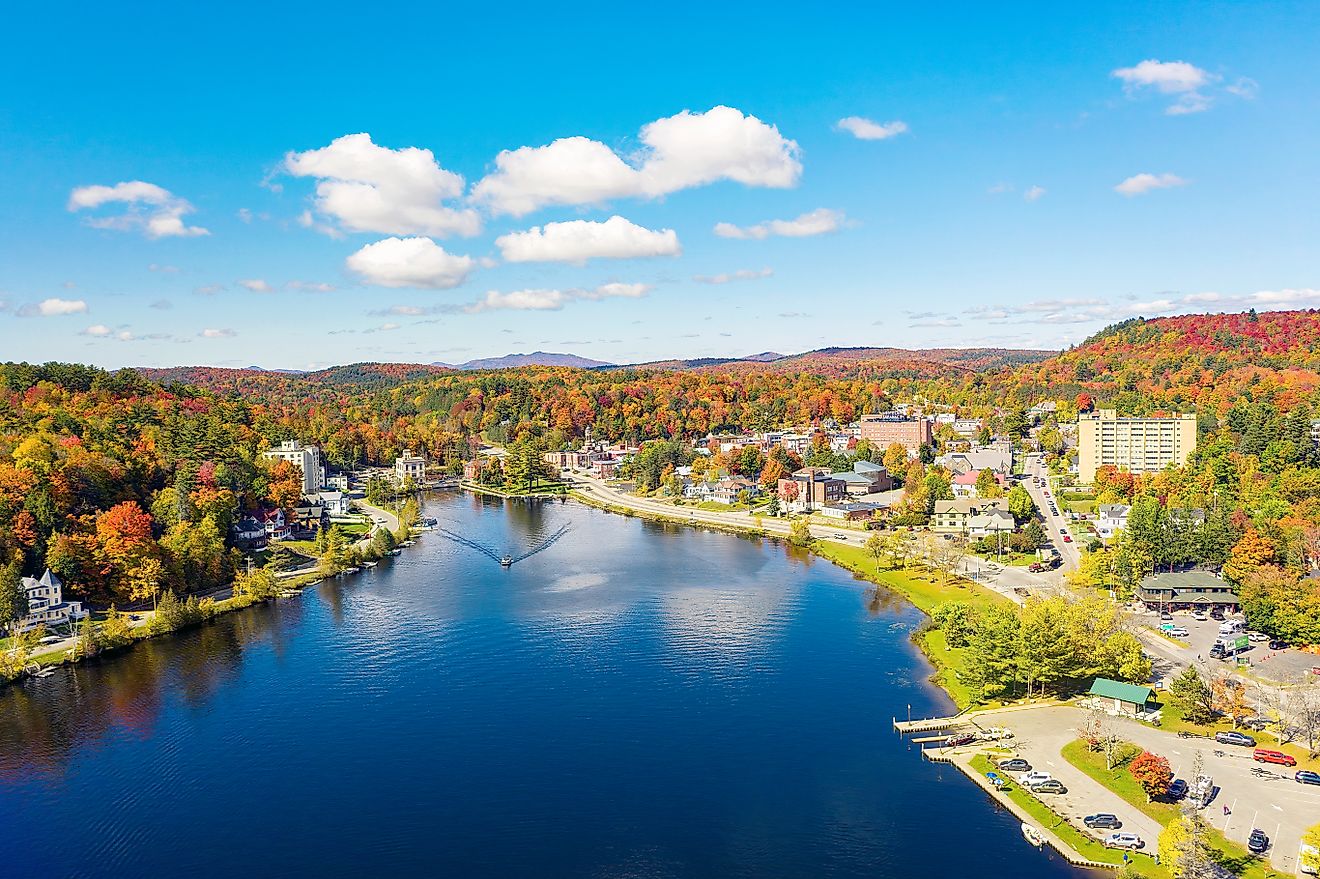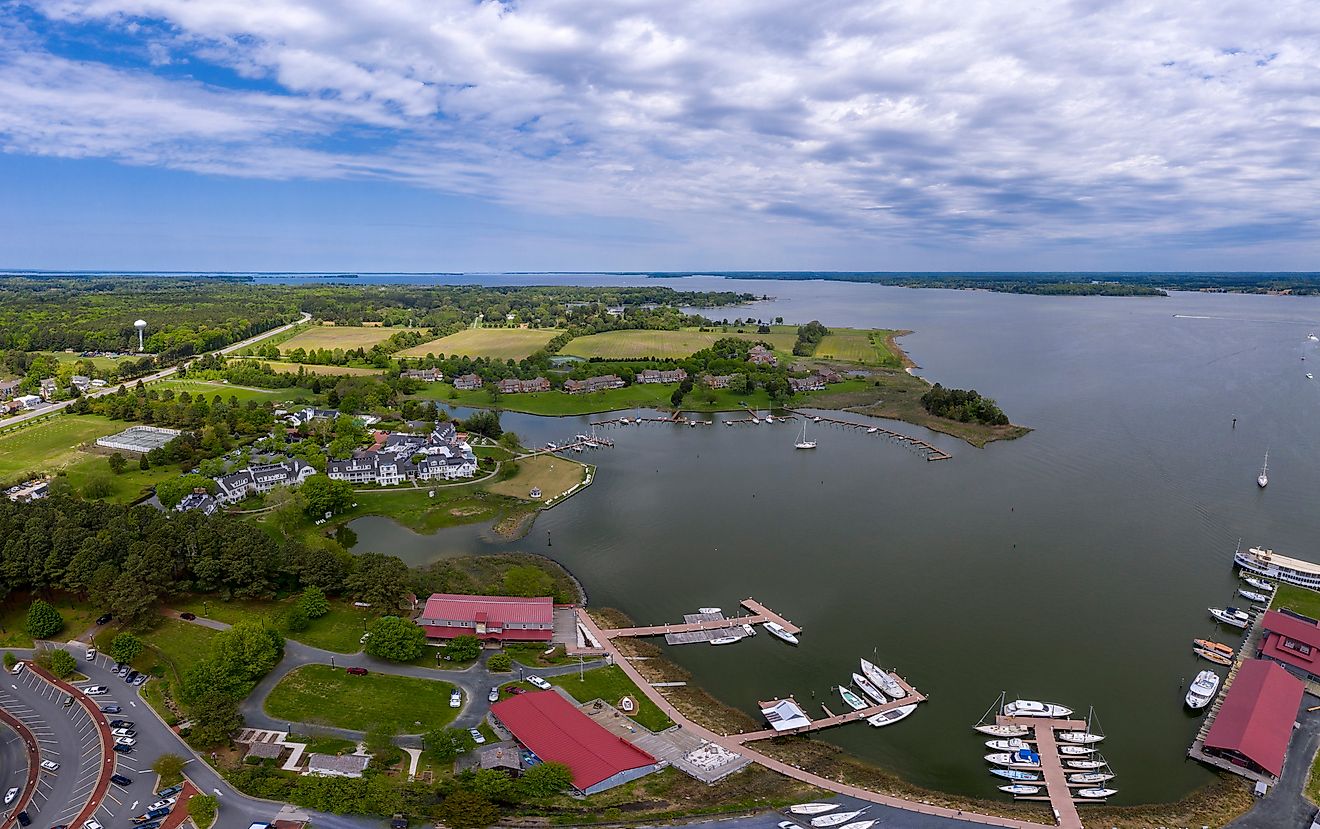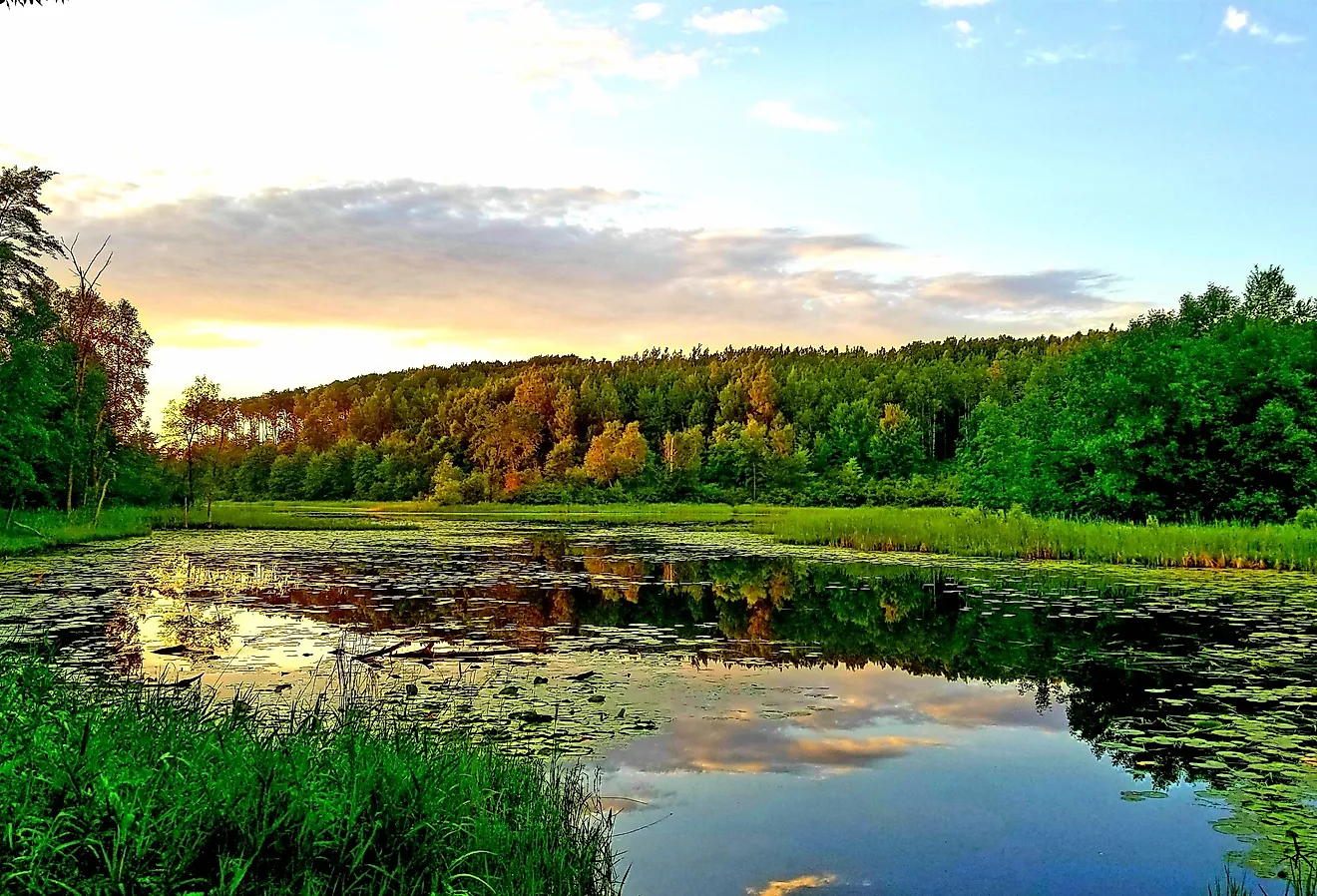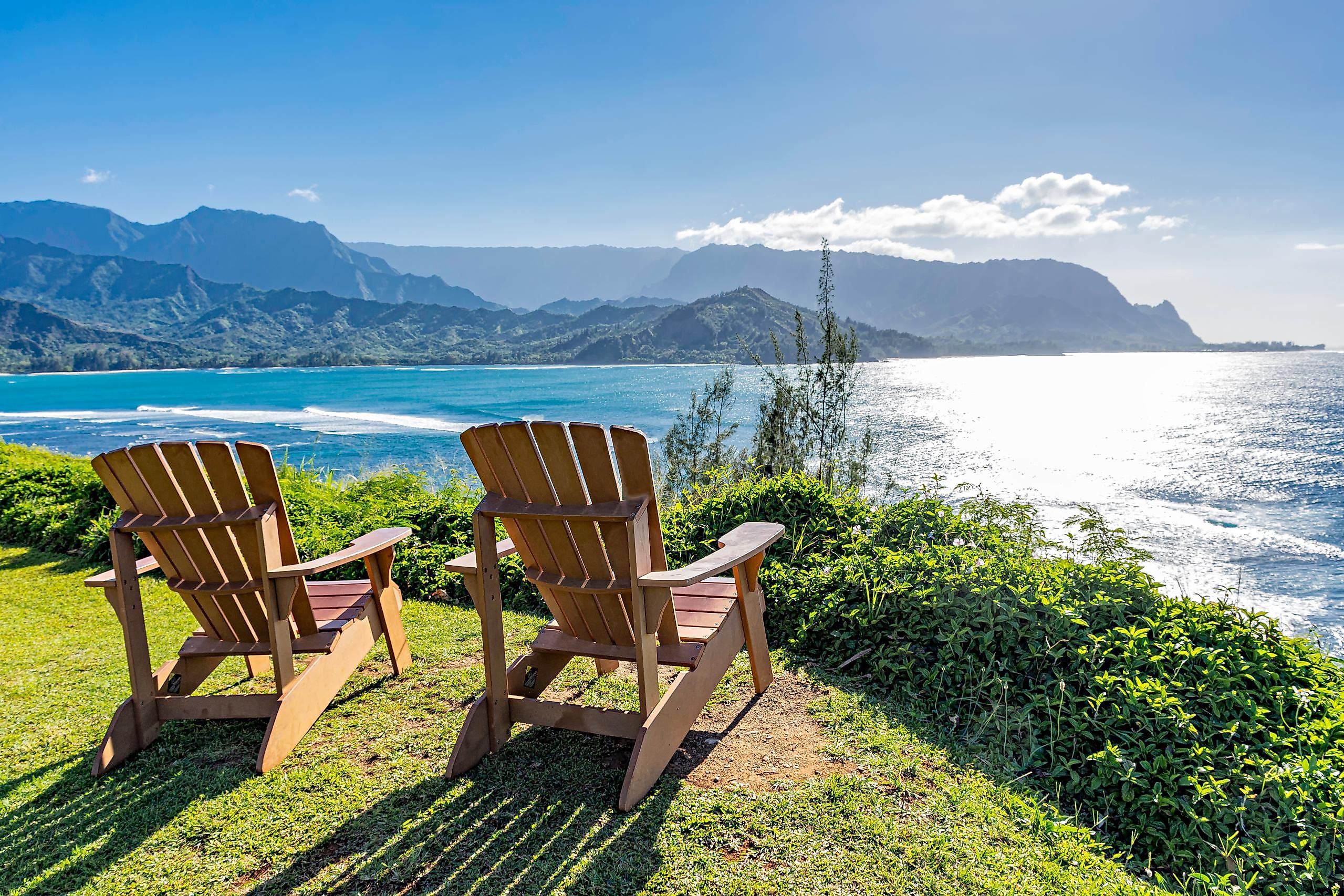
8 Best Small Towns In Hawaii For A Crowd-Free Summer
Away from the frigid and temperate climates across the contiguous United States, Hawaii stands as a tropical paradise in the heart of the Pacific Ocean. With its gorgeous beaches and breathtaking volcanic terrain, Hawaii is by far the most unique and one of the favorite spots in the country to travel. When the red-hot Hawaiian summer arrives, it's no surprise that treasured places like Honolulu and Hilo draw the largest crowds.
Fortunately, there also exist dozens of big and small towns, largely under the radar, for tourists to explore and discover. Not only do they offer everything from adventure sports to gorgeous sights, but they provide a welcome escape from the jostling streets and long lines of more popular places. These small Hawaiian towns retain the best of the Aloha State without failing to spotlight the hospitality and artistry of Kānaka Maoli communities.
Lanai City, Lanai
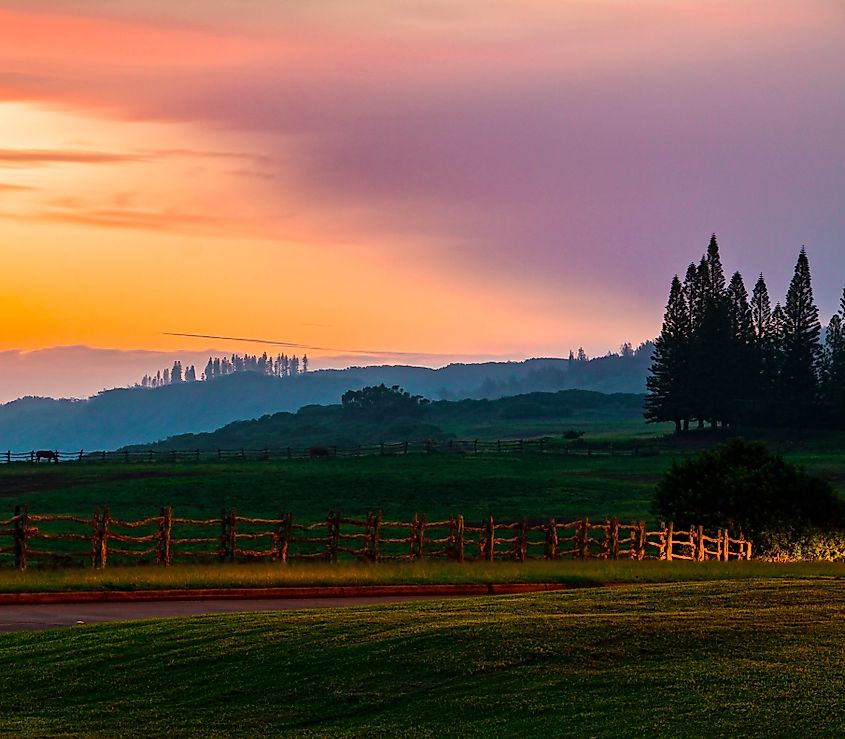
Once a hub for pineapple and sugarcane plantations, Lanai City stands alone on its namesake island in Hawaii. While most visitors tend to skip the region altogether due to tight schedules, the town nevertheless carries a great deal of character. Dirt roads run freely across the island, and traffic lights are nowhere in sight, indicative of how few crowds pass through. Arriving here by ferry can feel like stepping into an unfamiliar chapter from the Age of Discovery. The Kaunolu Village Site preserves the ruins of a centuries-old settlement and welcomes those who find either archaeology or fishing engaging. The area includes Kahekili’s Leap and the Walls of Halulu Heiau, two coastal remnants where King Kamehameha I once practiced cliff diving and cast lines into the sea.
The Garden of the Gods, also known as Keahiakawelo, features unusual rock formations along Lanai's barren plains. Meanwhile, Shipwreck Beach is as unique as it is secluded, compared to the busier beaches across Hawaii. Facing Kaiolohia Bay, the beach witnessed multiple maritime mishaps near Halulu Gulch. The Lanai Culture & Heritage Center preserves pieces of this chapter within the broader history of Hawaii. With much of the island privately owned, Lanai City’s population of around 3,300 (as of the 2020 census) makes it the least crowded among the main Hawaiian islands.
Olowalu, Maui
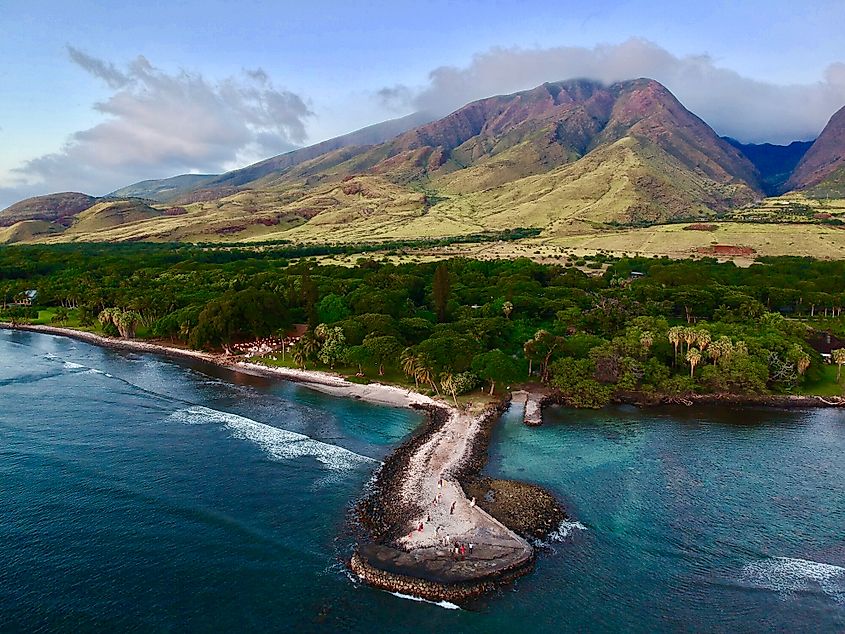
The West Maui Natural Area Reserve, part of the broader Maui rainforest, borders the village of Olowalu to the north and east. The Lihau Section's volcanic terrains and dry lowlands extend from the wet summits of the West Maui Mountains to the coral reefs of the Pacific Ocean, providing an isolated setting. Waterfalls and weathered boulders surround the Olowalu Petroglyphs, opening the way through the wilderness to where sand meets the shore. From the south, visitors approaching from nearby Lahaina via the Honoapiʻilani Highway (Route 30) get to pass through the Tunnel of Monkeypod Trees.
Olowalu Beach offers an abundance of snorkeling opportunities, and Camp Olowalu provides a range of rustic accommodations for immersing yourself in the Aloha State. For much of its history, Olowalu’s sparsely populated ecosystem has been a refuge for those seeking shelter. The entire Olowalu Valley and its reef teem with preserved Hawaiian traditions and endangered flora and fauna, ranging from the Hawaiian goose nēnē to native monk seals, green sea turtles, and over thirty coral species.
Haleiwa, Oahu
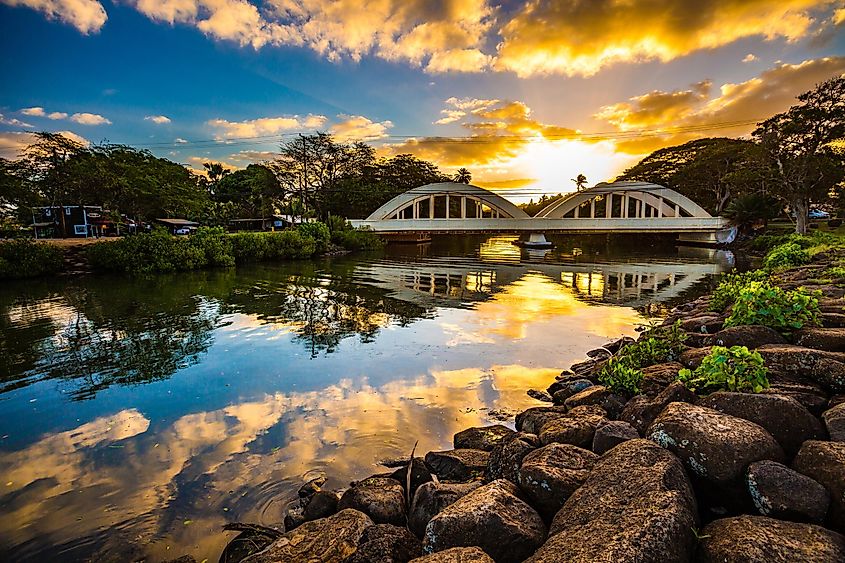
Haleiwa rests along Oahu's North Shore, delivering a quiet escape that contrasts with Hawaii's busier destinations. Though close to Honolulu, the small town stays off the radar for many visitors to the Hawaiian capital. Most people who come here bring longboards and head straight for the waves, drawn by Haleiwa's strong surf culture. The coastline along Waialua Bay gives off a more peaceful vibe than most crowded beaches across the island.
Haleiwa also serves as a protected fishery zone, with its network of ponds and creeks framed by scenic landmarks like the iconic Rainbow Bridge. The bridges scaling the waterway create an ideal spot for solitary contemplation, allowing travelers to appreciate the oceanic views from a distance without battling crowds in the compact town center. Besides surfing, Haleiwa's many beaches and parks, such as Laniakea and Kaiaka, are quintessential for stand-up paddleboarding and swimming, with occasional sea turtle sightings and astonishing rock formations adding to the experience.
Kalaupapa, Molokai
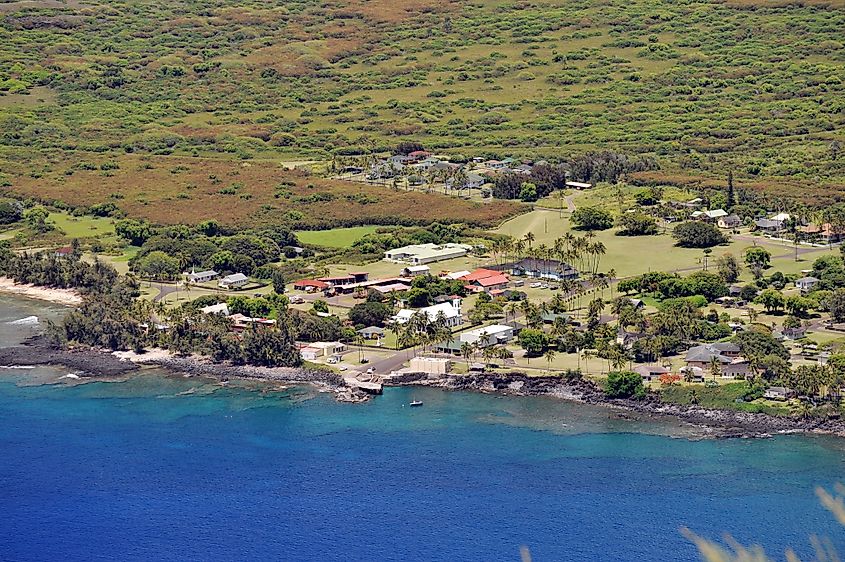
The unincorporated community of Kalaupapa lies at the heart of Hawaii’s most rural region, set against a backdrop of solemn beauty and historical weight. The peninsula extends outward, making room for Kalaupapa National Historical Park. Park access remains strictly limited to no more than 100 visitor admissions per day, and children under the age of 16 cannot enter. Medical care and food services do not exist within the park, discouraging groups and families from visiting the notoriously uneven and steep terrain. Frequent rock and mudslides further raise the stakes, so the paths attract mainly those seeking a physical challenge and a dose of isolation.
While the park itself is somewhat exclusive, there are hotels, restaurants and other ammenities nearby. More low-key adventurers can take in the sweeping views from the Kalaupapa Lookout before continuing onward to the lighthouse on Molokai’s northern tip. Nearby beaches, including Iliopii Beach, lie close to Kalaupapa Airport (LUP), offering quiet coastal segments in this remote setting. Each footstep through Kalaupapa feels purposeful as visitors move across terrain shaped by legacy while the Pacific Ocean’s horizon stretches outward in every direction.
Honoka, Hawaii
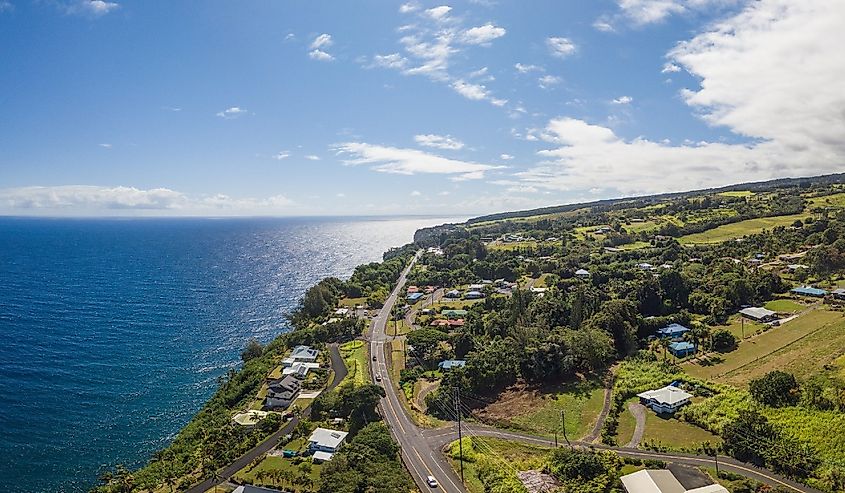
Honoka rests along Hawaii’s Hamakua coast, often overlooked as visitors travel between Hilo and Waimea. The Big Island village grants access to Waipio Valley’s hiking trails and secluded lagoons bordered by rippling taro patches. At its edge, a black sand beach meets the Pacific Ocean, adding bold contrast to the surrounding Kohala Mountains. Nearby, Kalopa State Recreation Area invites quiet afternoons beneath towering ʻōhiʻa lehua trees, native giants that can grow over 100 feet tall and live for centuries. The arboretum showcases regional flora.
The Kalopa Native Forest Trail then heads into Hamakua Forest Reserve, where paths wind beneath a dense canopy. Honoka lies in a forested section just below Mauna Kea’s base. This proximity to Hawaii’s highest peak offers easy access to volcanic terrain that occupies most of the region's central space. Though often skipped, Honoka links forest, valley, and mountain, creating a layered view of the Big Island, summarizing a large proportion of the Aloha State.
Princeville, Kauai
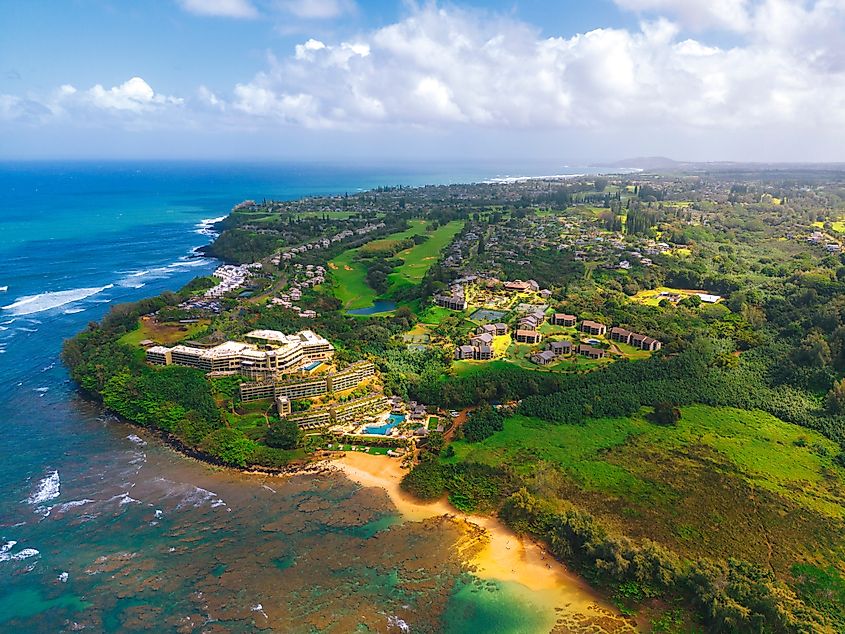
With Princeville’s cliffside village peering over the lush North Shore of Kauai, it crowns the island's coast as the state’s northernmost inhabited. The town’s northern tip earns this distinction through Queen’s Bath, which frames a tidal pool formed by volcanic ridges and lava boulders, granting glimpses of Pacific marine life.
To the south, the Hanalei National Wildlife Refuge cascades down through taro fields and wet terrain, where native endangered waterbirds, such as the Hawaiian gallinule and Hawaiian stilt, forage and nest. This refuge borders the Hanalei River Valley, flanked by trails such as the Okolehao and high lookouts that span thick foliage and inland slopes. The river leads back north to Hanalei Pier, where it joins the sea. Here, boats push out from docks toward deeper waters into the stunning Hawaiian sunset.
Naalehu, Hawaii
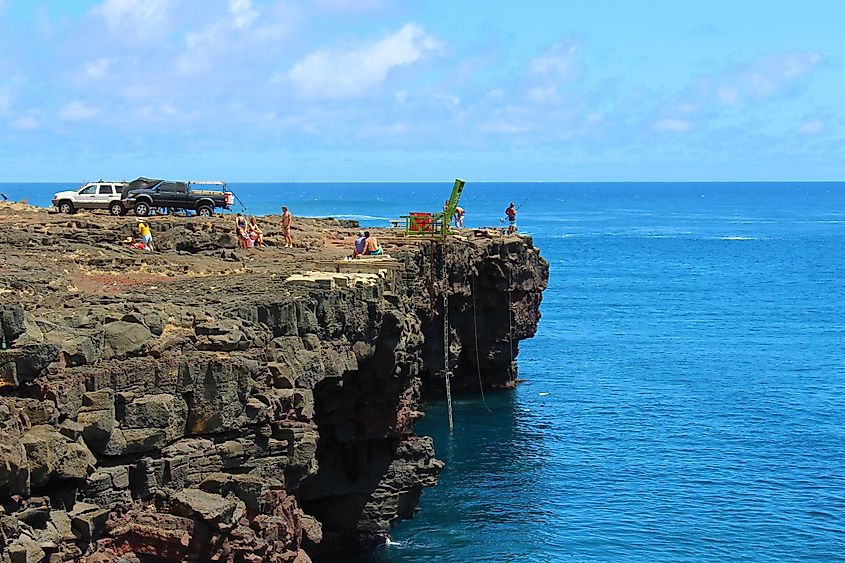
Naalehu claims its place at the edge of the Big Island, where volcanic soil meets raw Pacific water without clutter. The town’s name translates to volcanic ashes in Hawaiian, a quiet nod to the island’s hardened terrain and past eruptions. Just beyond the village, Ka Lae, the southernmost point across all fifty states, rises with stone ledges for diving, where cliffs kiss wind and surf. Waves come large, especially by sundown, with no resorts fencing the view.
Mahana Beach lies nearby with its signature green sand, one of only four green sand beaches in the world. Whittington Beach Park has BBQ pits and rustic facilities for a remote picnic, despite being close to the town of Naalehu. People rarely outnumber the Hawksbill sea turtles along the edge of the Kamilo Section, where the Kau Forest Reserve gives way to the open sky.
Hana, Maui
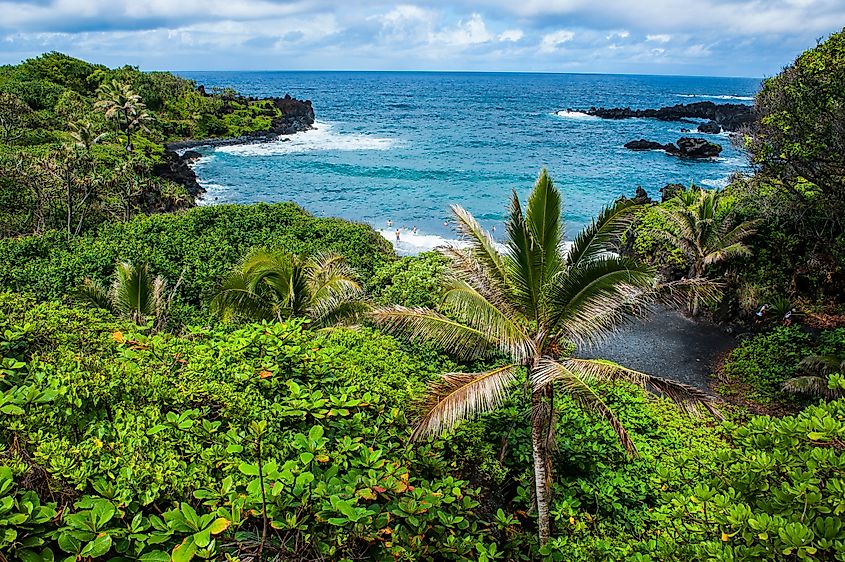
Hana, a census-designated place in Maui, is a rare settlement off the island’s eastern half. With Haleakala National Park and the Pacific Ocean surrounding it, the isolated community is driven more by nature's spontaneity than by human interference. Kahanu and Entabeni Gardens are a must for those with an interest in botany or an appreciation for natural beauty. The former is home to the world's largest breadfruit collection and many Polynesian plants hard to witness up close elsewhere. Here, Piʻilanihale Heiau’s collection goes beyond plants, its heiau walls preserving thatched houses and outrigger canoes.
Not to be outdone by Mahana Beach, the slightly more dramatic Kaihalulu Red Sand Beach adds a unique splash of colour to the Maui coastline. The bayside trail and ridges remain neither crowded nor easy to hike or climb. With ironwood trees and a cinder cone isolating the beach, many consider it a legitimate nude beach where clothing is optional and serenity a given.
Finding Solitude, the Hawaiian Way
From Lanai’s quiet cliffs to Hana’s secluded sands, solitude across Hawaii takes many forms. While summer crowds gather at popular resorts, these small towns serve as peaceful refuges where visitors discover a different side of the Pacific Ocean. Here, travelers immerse themselves in nature’s calm and encounter the state’s true, oftentimes hidden spirit. Visitors find adventure and reward in places such as a nude-friendly beach, a restricted island reachable only by air or sea, and placid, peaceful bays. The natural wonders of Hawaii remain undisturbed by human intervention, reminding travelers that nature exists beyond crowds and curated trails. For those who look beyond resorts and traffic, these Hawaiian towns hold space not just for beauty but also for silence, wilderness, and connection.
